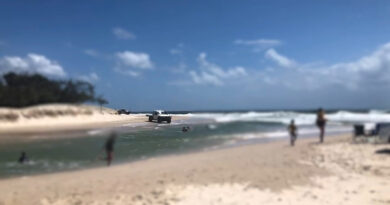West Vent Erupts Near Summit Of Kilauea Volcano In Hawaii
This is the moment the west vent erupts at the summit of the Hawaiian volcano Kilauea.
The eruption took place at the west vent in Halema‘uma‘u, a pit crater at the summit of Kilauea, the most active of the five volcanoes that form the Big Island of Hawaiʻi.
The eruption was shared on social media by the United States Geological Survey (USGS) on 8th November.
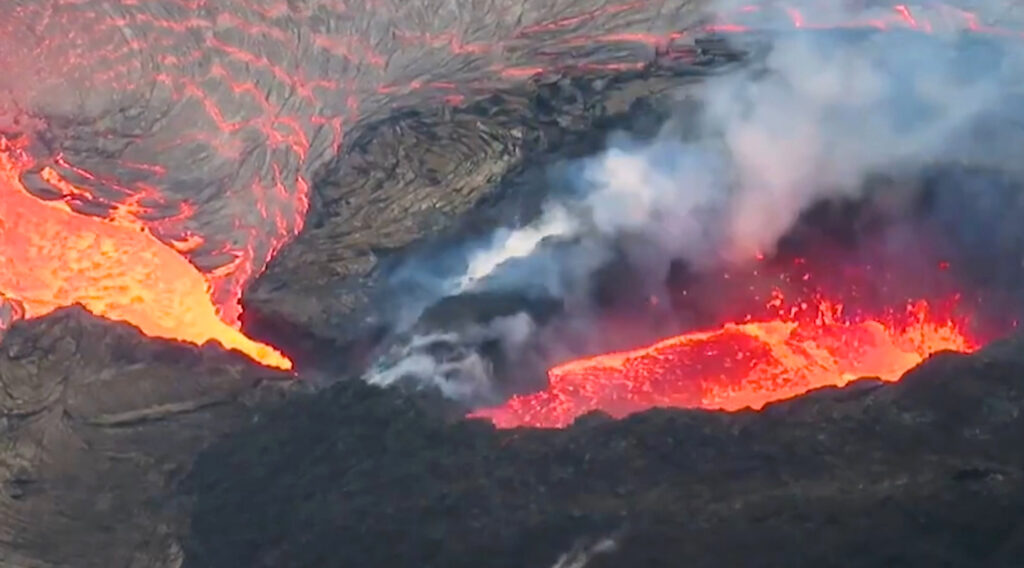
The USGS said the eruption was filmed on 29th October, adding that the eruption supplied “the lava lake through a spillway in the spatter cone”.
The organisation continued: “Small circulation currents (eddies) were seen near the spillway at the base of the cone. The fast-moving lava plucked crust from the base of the spillway and deposited it further downstream, where the lava was then recirculated back towards the cone.
“Similar circulation features are common in bodies of water with fast moving currents.”
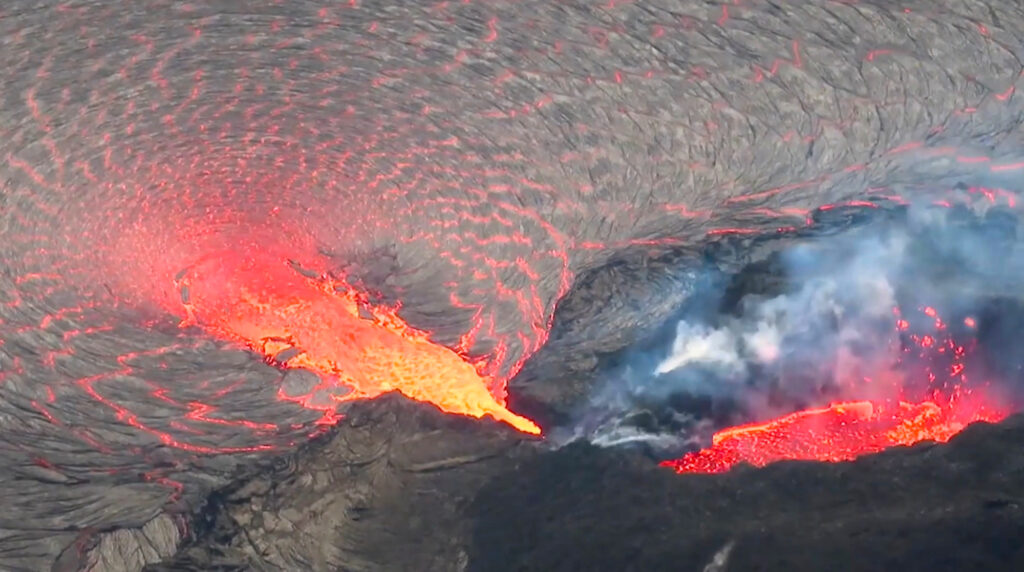
The USGS have pointed out that gas and seismic activity remain high at the summit. They said in a statement on their website that “earthquake hazards occur regularly in Hawaii” and that “frequent and long-lasting eruptions and recurrent strong earthquakes in Hawai‘i create a unique combination of natural hazards for people across the Hawaiian Islands.”
They also said that the volcano was known to be a source of “large explosive eruptions”, adding: “Many strong explosive eruptions have occurred at Kilauea Volcano during the past 2,500 years. According to current understanding of eruption history, the volcano has alternated between centuries-long periods of dominantly effusive (lava flow) and dominantly explosive eruptions.”
Volcanic activity resumed on Wednesday afternoon (29th September) for the first time in almost a year.
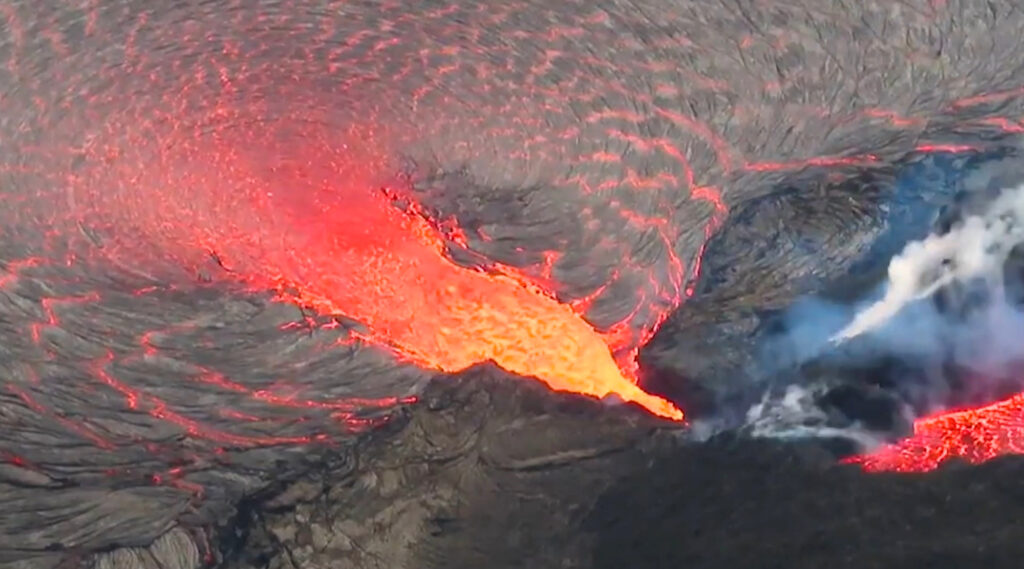
Kilauea is one of the most active volcanoes on Earth, according to the USGS, and in a statement they said this eruption started some four months since the last eruption came to an end in May.
Hawaiʻi, not to be confused with the name of the state, is the official name of the largest island in the archipelago, which is often also called Big Island.
Hawaii, the only US state that is not in North America, is made up of 137 volcanic islands.
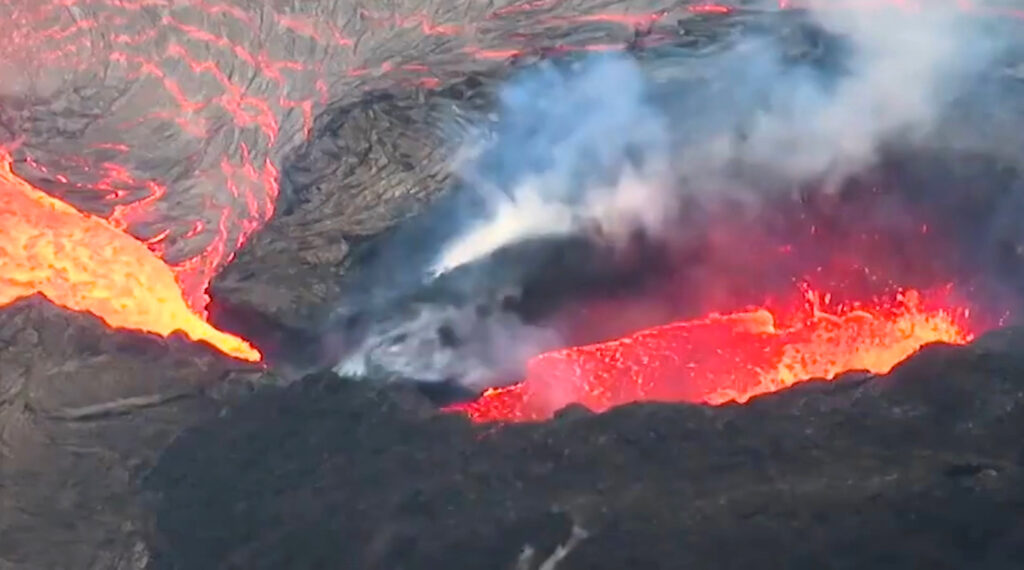
Kilauea is a highly active shield volcano that is believed to be between 210,000 and 280,000 years old, it emerged from the sea about 100,000 years ago.
Its last major eruption took place between May and September 2018 and led to thousands of local residents being displaced and the destruction of 716 homes.
The eruption in 2018 saw lava oozing from 24 different vents with one major explosion sending debris flying 30,000 feet (9,100 metres) into the sky.

